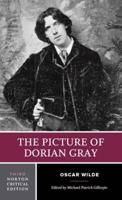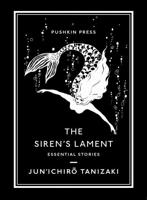Publisher's Synopsis
This historic book may have numerous typos, missing text or index. Purchasers can download a free scanned copy of the original book (without typos) from the publisher. 1806. Not illustrated. Excerpt: ... A filial Ph nix from his allies springs, Crown'd with a star, on renovated wings; Ascends exulting from his funeral flame, And soars and shines, another and the fame. "So erst the Sage with scientific truth In Grecian temples taught the attentive youth; With ceaseless change how restless atoms pass From life to life, a transmigrating mass; 420 How the fame organs, which to day compose The poisonous henbane, or the fragrant rose, filing from its own aflies with a star upon its head seems to have teen an hieroglyphic emblem of the destruction and resuscitation of all things; fee Botan. Garden, Vol. I. Canto IV. I.389. So erst the ?age, 1. 417. It is probable, that the perpetual transmigration of matter from one body to another, of all vegetables and animals, during their lives, as well as after their deaths, was observed by Pythagoras; which he afterwards applied to the foul, or spirit of animation, and taught, that it passed from one animal to another as a punishment for evil deeds, though without consciousness of its previous existence; and from this doctrine he inculcated a system of .morality and benevolence, as all creatures thus became related to each other. May with to morrow's fun new forms compile, Frown in the Hero, in the Beauty smile. ' Whence drew the enlighten'd Sage the moral plan, That man should ever be the friend of man; Should eye with tenderness all living forms, His brother-emmets, and his sister-worms. "Hear, O ye Sons of Time! your final doom, And read the characters, that mark your tomb: 430 The marble mountain, and the sparry steep, Were built by myriad natrons of the deep, -- The marble mountain, 1. 43I. From the increased knowledge in Geology during the present century, owing to the greater attention of philosophers to ..."










